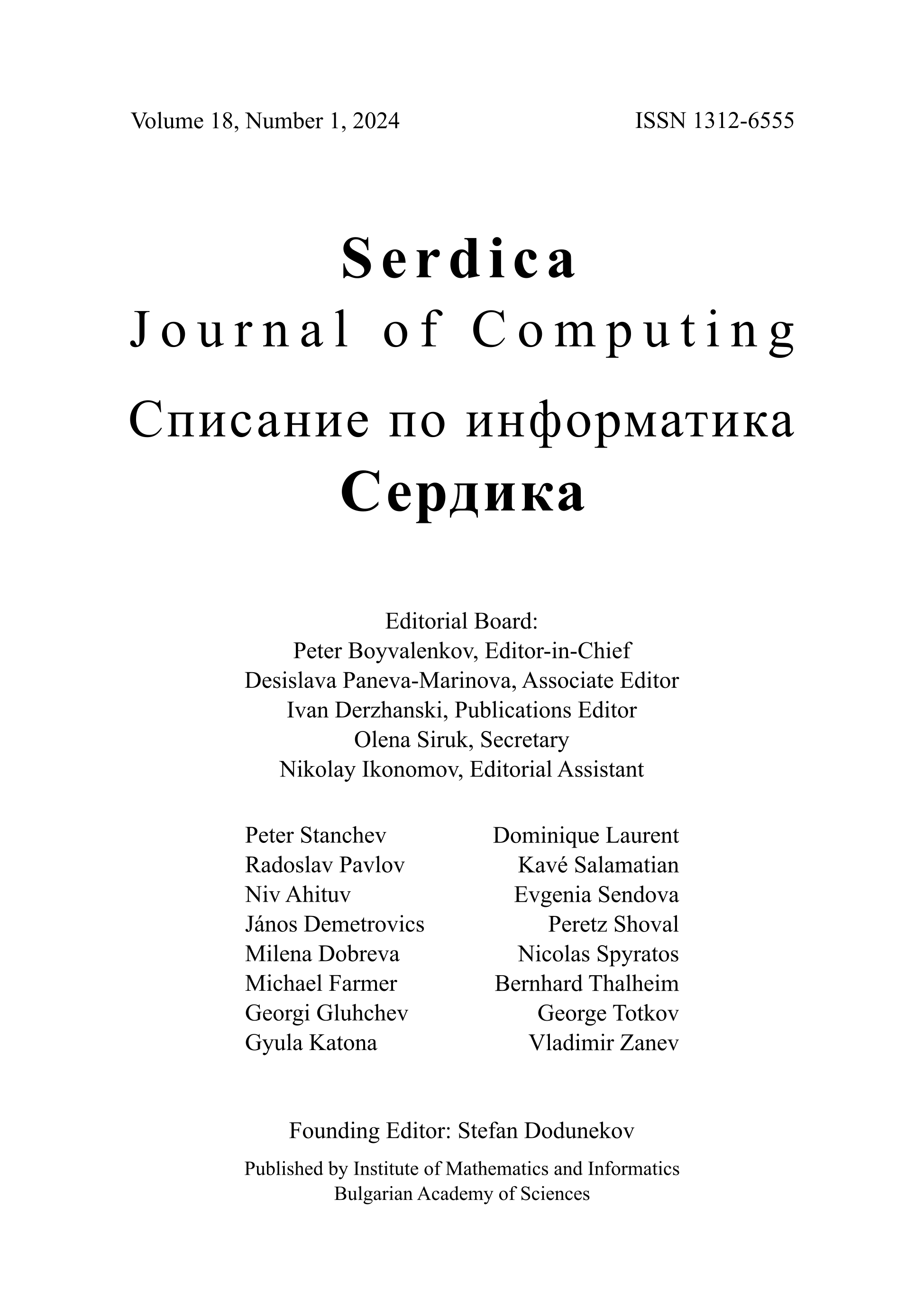Integrating Graph Structures into Kernel Regression Models
DOI:
https://doi.org/10.55630/sjc.2024.18.1-25Keywords:
Regression Analysis, Kernel Regression, Regularization, Network Data, Graph Laplacian, Network CohesionAbstract
Kernel methods are highly flexible and powerful tools for capturing complex, nonlinear relationships in data. In this paper, we propose a substantial extension of existing network-based regression models by integrating kernel methods with graph-theoretic constraints. Our approach builds upon the foundational work of Li et al. [1], who incorporated network cohesion into generalized linear models (GLMs). We extend their framework by introducing a kernelized regression model that allows for the modeling of nonlinear interactions while leveraging network data. This kernelized framework relaxes the linearity constraints of GLMs, making the model more versatile and capable of capturing complex patterns in high-dimensional spaces.
We demonstrate the effectiveness of our approach using simulated and real-world datasets, such as the Teenage Friends and Lifestyle Study. Results show that our kernelized network regression model not only outperforms traditional linear and generalized linear models in predictive accuracy but also scales efficiently to larger datasets. Our work represents a significant advancement in the modeling of network-linked data, providing a robust, scalable, and interpretable framework that extends the application of kernel methods beyond their traditional constraints.
Future directions include exploring more complex graph structures, such as weighted and directed graphs, and developing optimized algorithms for even larger datasets.

